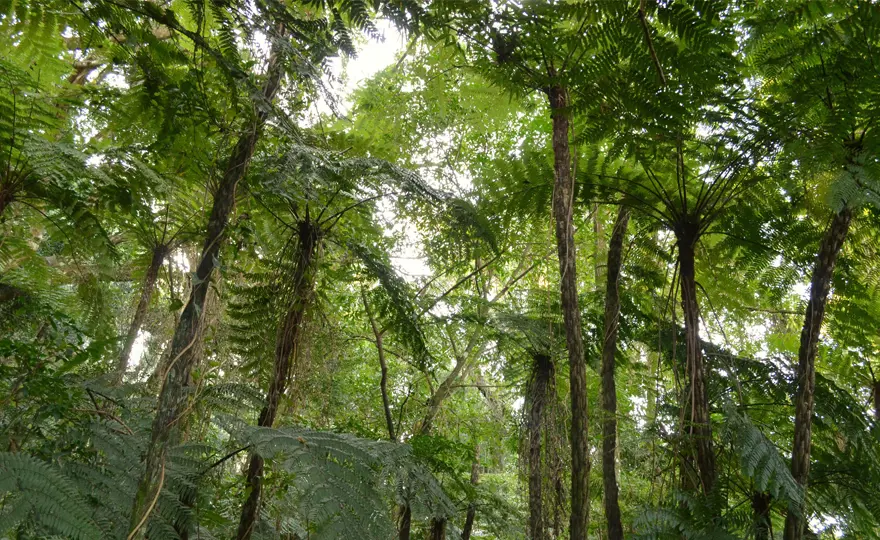ClientEarth Communications
21st May 2020


“At ClientEarth we believe communities are the best last chance to protect our forests.”
- Brian Rohan, Head of Forests
Forests and trees make essential contributions to both people and the planet, providing clean air and water, conserving biodiversity and mitigating climate change but also strengthening livelihoods. However, forests are under threat. Without laws, regulations and legally protected indigenous and local communities, deforestation would wipe them and us out forever.
Community Forestry is the branch of forest management which actively promotes the rights of people living in the forest through participation in decision-making and equitable benefit sharing. Community forests increase the devolution of power to local people as they implement their own management plans and rules around the forest, tailored to the village’s needs. This gives people power and autonomy and means each community forest can be governed for the benefit of its members. When people are invested in, respected and reliant on something, they will nurture and protect it.
Most community forests are in low- and middle-income countries with strong deforestation pressures. When indigenous peoples and local communities have no or weak legal rights, their lives, home and families are at risk. At ClientEarth we do not ignore marginalised groups but protect and raise them up instead. Communities and their forests make an enormous contribution to mitigating climate change and we believe entrusting them with the sustainability of their land is the best long-term approach to protect forests.
There is no one size fits all for Community Forestry which is why the team works agily and empathetically. Here’s what some of ClientEarth’s work looks like across West and Central Africa:
The team are excited to be scoping out future ways to help our people and forests in South-East Asia and Brazil. Watch this space for more information.